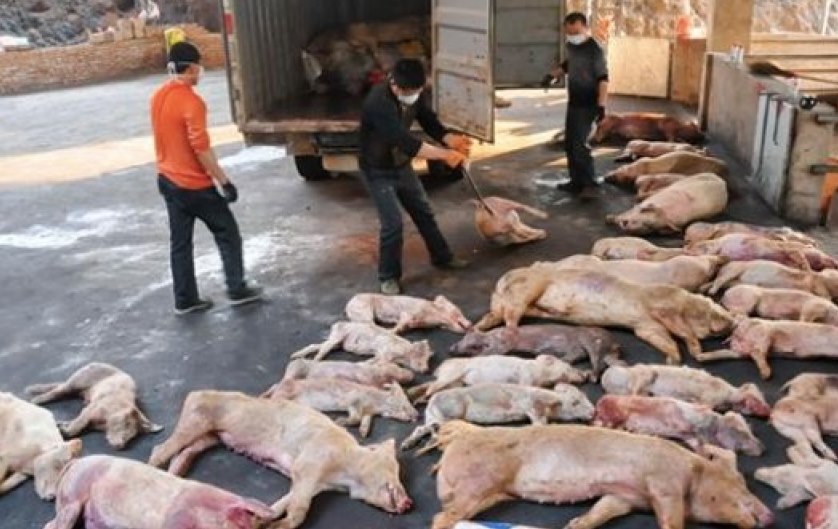
Advertisement
The Biden administration’s massive and unlawful $1 trillion expansion of food stamp benefits has possibly caused a 15 percent increase in grocery prices instead of stopping hunger, a government watchdog study indicated.
The U.S. Department of Agriculture (USDA) reportedly rolled out the revised nutritional standards for the Supplemental Nutrition Assistance Program (SNAP) in 2021 and expanded the program by 27 percent on average of pre-Wuhan coronavirus (COVID-19) pandemic levels, the Foundation for Government Accountability (FGA) found. The report also said the expansion bypassed Congress.

The report also found that overall spending has more than doubled between 2019 and 2022. Figures jumped from $4.5 billion in 2019 to $11 billion in 2022. Meanwhile, the spending hit $8.6 billion in March, despite some emergency allotments having expired, and is expected to rise by 5.8 percent over the course of the year.
This triggered the rise in grocery prices and contributed to high inflation, FGA explained. “USDA cooked their books to hike food stamp benefits by 27 percent, the largest permanent increase in program history,” Jonathan Ingram, vice president of policy and research at the FGA, told Fox News, which first reported on the study. “Data show the Biden administration’s overreach led to massive spikes in grocery prices. They’re feeding inflation, not stopping hunger,” Ingram added. (Related: Inflation remains a problem for middle- and lower-income Americans as Biden’s Federal Reserve keeps raising interest rates.)
The move will also cost taxpayers $250 billion over the next decade. “Congress should repeal President [Joe] Biden’s unlawful food stamp expansion and ensure this type of executive overreach cannot happen again. In doing so, Congress could save taxpayers more than $193 billion over the next decade,” the FGA paper suggested.
According to the New York Post, Republicans have been working on reining in SNAP spending, while Democrats are wary after striking a deal with House GOP to implement work requirements for some food stamp beneficiaries, a condition of raising the federal debt limit earlier this year.
SNAP provides benefits that help people in low-income households to purchase food. People generally are eligible for SNAP if they participate in certain assistance programs, such as Temporary Assistance for Needy Families, or can demonstrate that their income and assets fall below certain thresholds.
The benefit amounts are based on a household’s net income and size, with the maximum benefit determined by the number of people in the household and the cost of the Thrifty Food Plan (a basket of foods identified by the USDA as providing a nutritious diet) for a group of that size.
WB review found food stamp spending FEEDS INFLATION
Separate research from the World Bank reviewed more than 10 years of retail scanner data before and after the Great Recession. The said study, which included 2.6 million barcodes with data from more than 20,000 stores or roughly half of all sales at U.S. grocery stores, aimed to measure the impact of food stamp spending on food prices. The review concluded that a percent increase in per-capita food stamp benefits raised prices of foods from supermarkets and groceries by 0.08 percent. This just means that food price tags became one percent heftier for every 12.5 percent increase in food stamp spending.
The study also found that between December 2019 and March this year, food prices grew by 23 to 24 percent, with some grocery prices rising even higher. The price of margarine, for example, has risen by more than 59 percent, egg prices have skyrocketed by 54 percent, and frozen vegetables now cost nearly 36 percent more than they did in 2019.
Food stamp spending hikes could account for at least two-thirds of that increase, the paper further added. Per-capita food stamp spending grew by more than 90 percent between December 2019 and March 2023, even after the pandemic-related emergency allotments expired. After accounting for emergency allotments and pandemic electronic benefit transfer (EBT) programs, total food stamp spending had nearly tripled while those programs were in effect. This suggests food stamp spending increases fueled grocery price increases of more than 15 percent.
Check out FoodInflation.news to read more stories related to how food price tags get heftier by the day.
Watch the video below that talks about the “shrinkflation” scam that raises food prices while the food packages get smaller.
This video is from the World Alternative Media channel on Brighteon.com.
More related stories:
FAO reports sudden surge in commodity prices following Russia’s withdrawal from Black Sea grain deal.
GREEDFLATION: McDonald’s, PepsiCo raising prices beyond inflation to generate bigger profits.
Inflation, natural disasters and food shortages expected to worsen in 2023.
Sources include:
Advertisements







